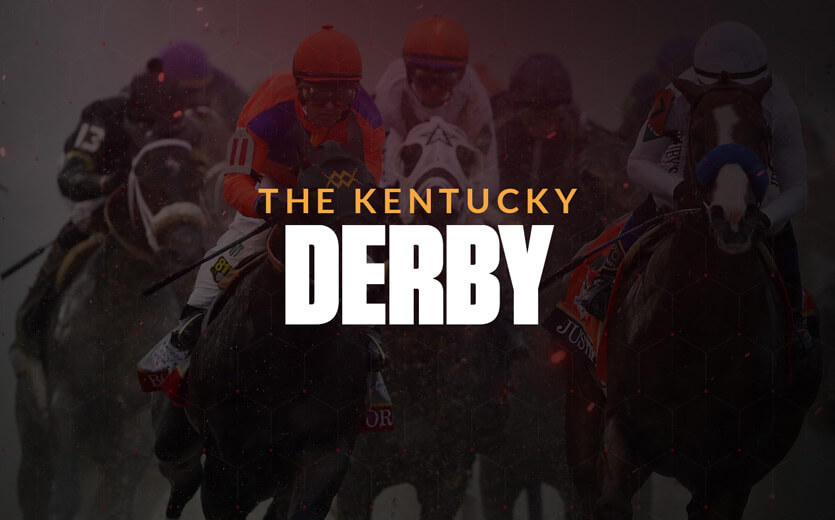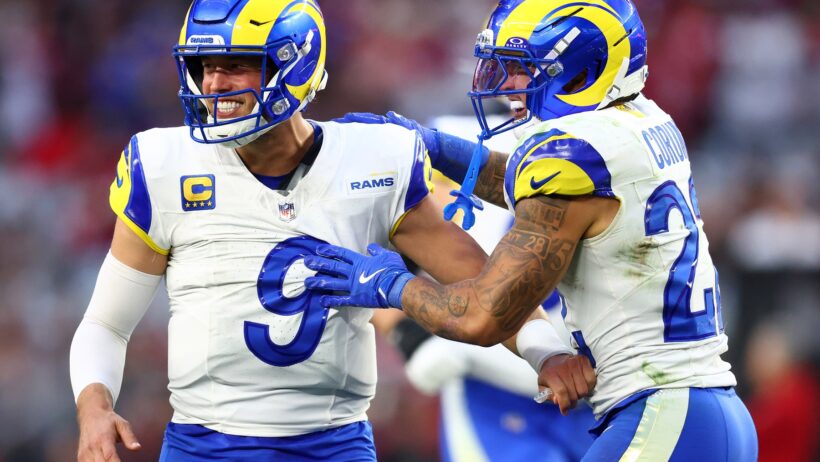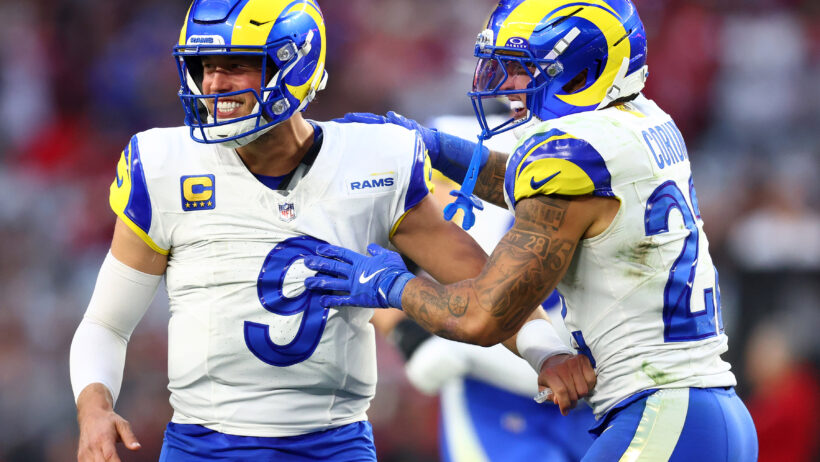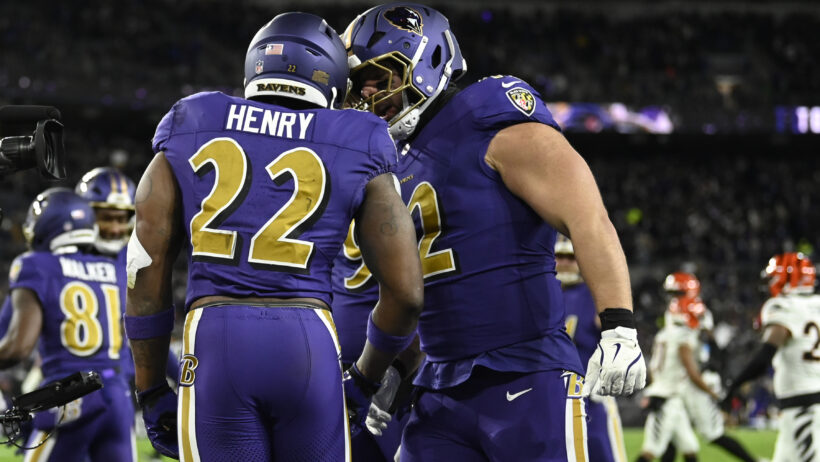Kentucky Derby Betting Strategies & Handicapping Tips For 2025

Horse racing takes place nearly every day of the year. However, the Kentucky Derby (also known as the Run for the Roses) without a doubt draws the most attention, fanfare, and betting volume of any other event on the horse racing calendar.
The Kentucky Derby is run on the first Saturday in May at Churchill Downs in Louisville, KY. If you’re wondering how to pick a winner for the biggest horse racing event of the year, you need to understand what makes the Derby different than all other races.
Our guide to picking a winner covers the race’s key dynamics and points out specific factors you need to consider when formulating the best Kentucky Derby betting strategy.
- FANDUEL RACING
GET A $500 NO SWEAT FIRST BET
Key Factors for Handicapping the Kentucky Derby at Online Betting Apps
With many options comes great opportunity. It is difficult to parse 20 horses and predict who will bow to pressure. Betting the Derby is no doubt a challenge, but it’s a lucrative one if you’re successfully able to pick the winner.
In addition to normal strategies for handicappers, such as closely examining each horse’s most recent races, and trying to determine how the race will be run (who will be ahead early, who will look to rally from behind), there are five strategies unique to the Kentucky Derby that are worth your close consideration as you try to select a winning race horse.
Kentucky Derby Betting Tip #1: Consider Past Performance of Horses
Analyze each horse’s racing history, looking at:
- Speed Figures: These numbers provide a comparative measure of a horse’s speed in previous races. Look for horses with improving or consistently high figures, particularly in recent races.
- Late Pace: A strong finishing kick is often essential in the Derby. Look for horses that have shown the ability to close ground in their previous races.
- Distance Pedigree: Examine the bloodlines to see if the horse’s parents or siblings have performed well at similar distances.
- Prep Races: Focus on how the horses performed in the designated Kentucky Derby prep races. Strong performances in races like the Florida Derby, Santa Anita Derby, and Blue Grass Stakes can be indicative of Derby potential.
Kentucky Derby Betting Tip #2: Running Style Matters
Consider how each horse typically runs:
- Early Speed: Horses that like to be on or near the lead. While advantageous, they can be vulnerable if the pace is too fast.
- Presser: Horses that stalk the pace just behind the leaders. This can be a favorable style in the Derby.
- Closer: Horses that come from behind in the later stages of the race. They need a clean trip and a favorable pace scenario.
Kentucky Derby Betting Tip #3: Pay Attention to the Jockeys and Trainers
The experience and success of the jockey and trainer in major races, particularly the Kentucky Derby, can be a significant factor. Some trainers have a strong history of preparing horses for this race. Even those new to horse betting have likely heard of Bob Baffert, and that’s because he’s a trainer with a history of success in the Derby. He’s back from suspension in 2025, and has two horses in this year’s field: Citizen Bull and Rodriguez.
Kentucky Derby Betting Tip #4: Post Position is Important, But Not Deciding Factor
The starting gate can impact a horse’s trip. Inside posts can get crowded, while outside posts can mean covering more ground. However, historical data shows winners have come from various post positions in the Kentucky Derby race.
Kentucky Derby Betting Tip #5: Research ‘The Buzz’ From Insiders
While you shouldn’t rely solely on it, pay attention to reputable sources for insights into how horses are training during workouts and any positive or negative news surrounding their condition. Most of what you’re seeing when looking at expert picks is based on this type of information.
Betting Strategies for the Kentucky Derby
Most bets for this race will simply be placed on the Kentucky Derby winner. That’s the easiest to understand both when you’re placing your bet and while watching, making it perfect for beginners. Place bets and show bets (second and third place), are also common and easy to digest.
But there are several other bets you can make which offer higher payouts.
Before you dive in, consider these strategies:
- Straight Bets for Consistency: If you are newer to betting or prefer a higher probability of a (smaller) payout, focus on Win, Place, or Show bets on horses you have confidence in.
- Exotic Bets for Higher Potential Payouts:
- Exactas and Trifectas: Consider keying one or two horses you strongly believe will finish in the top spots and combine them with other contenders. “Boxing” your selections (allowing them to finish in any order) increases your chances of winning but also increases the cost of the bet.
- Superfectas: These are harder to hit but offer the potential for a significant return. You’ll need to correctly predict the top four finishers in order (straight superfecta) or in any order (superfecta box).
- Consider Longshots: The Kentucky Derby is known for producing upsets. Don’t be afraid to include a well-handicapped longshot in your exotic wagers, as this can significantly increase your payout if they hit the board. Underdogs have fared well of late, none bigger than Rich Strike, which won at 80-to-1 in 2022.
- Bankroll Management: Set a budget for how much you are willing to bet and stick to it. Don’t chase losses.
- Don’t Overbet: It’s easy to get caught up in the excitement, but make calculated bets based on your handicapping.
- Look for Value: Compare the odds to your own assessment of a horse’s chances. If you believe a horse has a better chance of winning than their odds suggest, it could be a value bet.
- Consider Multiple Bets: You don’t have to put all your money on one horse or one type of bet. Spreading your wagers across different horses and bet types can be a strategic approach. For example, you might place a win bet on your top choice and an exacta with that horse and a few others.
- Use Caution With Historical Trends: While past results don’t guarantee future success, some historical trends are often discussed.
- Horses with Early Speed: Many Derby winners have shown some tactical speed, often positioned in the front half of the field early on.
- Fast Final Prep Race: Horses that finished their final prep race with a strong late run are often considered contenders.
- Experience in Graded Stakes: Horses that have competed and performed well in graded stakes races leading up to the Derby tend to have a higher chance.
- California and Florida Derby Runners: Horses that have trained or raced in California or competed in the Florida Derby have historically had good success in the Kentucky Derby.
Is Picking a Derby Winner Different from Other Races?
While Churchill Downs is a historic venue for horse racing, it sits empty for the vast majority of the year. Of course, this all changes on Kentucky Derby day, as over 100,000 people flock to the track to take in the highest-profile race of the year and try their hand at projecting a Derby winner.
Let’s delve into what makes this race bigger than all others.
A Brief History of the Kentucky Derby
The Kentucky Derby has been run since 1875.
A laundry list of the greatest horses of all time have won the Kentucky Derby. Secretariat, the fastest thoroughbred in history, prospered in a record time in 1973. The previous mark was held by champion Northern Dancer in 1964. War Admiral, Whirlaway, Citation, Seattle Slew, Affirmed, and American Pharoah all were first across the finish line in Louisville.
The combination of longstanding traditions and the history of elite participants provides the Kentucky Derby with its prestigious reputation.
The Kentucky Derby Is a Component of the Triple Crown
Winning the Triple Crown is one of the greatest accomplishments in all of sports. As such, it’s no wonder that the Triple Crown generates so much attention with the horse racing community. Winning the Triple Crown requires a three-year-old horse to win all three races, which are all races at different distances at separate times over a five-week span.
The Kentucky Derby is the first of three racing legs of the Triple Crown series. Two weeks later the Preakness Stakes takes place in Baltimore, followed by the Belmont Stakes in New York.
More Horses Participate Than Normal
Most horse races have somewhere between 5 and 10 runners. The Kentucky Derby is significantly larger, welcoming an elite crop of 20 entrants.
A series of prep races that help identify the fastest three-year-old horse in the lead up to the Derby. This ensures that all of the top contenders get a spot come Derby Day.
Finding an edge within such an elite group of competitors isn’t easy, but there are certain factors and trends worth paying attention to when handicapping the race.
The Kentucky Derby Is Chaotic
Like all sports, horse racing involves a significant degree of luck. When more obstacles to victory are present during a race, the harder it is for bettors and fans to accurately predict the outcome and successfully pick a winner.
If you have 20 horses racing, it’s almost inevitable that someone is going to get bumped or jostled. While you see this from time to time in horse racing, it is a near certainty in the Kentucky Derby. It’s yet another element that makes the race consistently unpredictable.
With more horses on the race track, it’s likely that some horses will get stuck behind a wall of equine (created by the sheer volume of horses on the track) and have no room to get around after the race’s initial stages.
Others will be forced to run wider than normal, because not every entrant gets to sit right along the rail and save ground on the turns. With such a high density of animals racing, it often creates traffic problems.
If racing wasn’t a big enough problem, the weather is notoriously up in the air on Derby Day. This means that the track conditions can change in a hurry. If it pours rain, you can expect the dirt surface to turn to mud, drastically altering the complexion of the race.
Even if a horse is the best in the world racing on a certain surface, that doesn’t necessarily imply that they’ll be able to translate that to such radically different conditions. Sometimes a big longshot loves the mud.
What to Expect From the Overall Environment
Horses feel pressure and so do their human connections (jockey, trainer, owner). Different people and horses react to stress in varying ways, and the Kentucky Derby is definitely one of the most stressful events on the racing calendar.
When tension is high people often make mistakes. A trainer could work his horse too hard or not hard enough leading up to the big race. A jockey could make a move too early or wait until it is too late to get his horse moving at its fastest down the stretch. Whether it be an error in riding or training, mistakes tend to happen when tension is high.
Some derby horses suffer from the long walk to the starting gate, waiting for 19 competitors to get situated, and the defining noise of a massive crowd. Others thrive under those conditions.
Kentucky Derby Betting Strategy FAQ
What factors should I consider when developing a Kentucky Derby betting strategy?
There are a number of different factors to consider when developing a Kentucky Derby betting strategy including the pacing and stamina of horses as well as jockey experience.
How do I determine which horse to bet on in the Kentucky Derby?
You can do research to see which horses are favored to win and also look into their trainers and jockeys for the level experience they have as well.
What is the best type of bet to place on the Kentucky Derby?
Exacta, trifecta, and superfecta bets are the best types of bets you can make on the Kentucky Derby.
How important is a horse's jockey when making a Kentucky Derby bet?
Jockeys are important and their level of experience also matters for a race like the Kentucky Derby.
Should I bet on multiple horses in the Kentucky Derby, or focus on just one?
It depends on the type of bet you make. You can make a regular bet to wager on the winning horse or you can make bets on multiple horses as well.
How can I use past performances to inform my Kentucky Derby betting strategy?
It can be challenging to use past performances to bet on the Kentucky Derby since there are so many different horses competing. That said, research is always key and can give you a rough idea of where certain horses are at.
How do I manage my bankroll effectively when betting on the Kentucky Derby?
Make sure you always bet within your means and try to find horses that will give you value on your return.
Are there any longshot horses that might be worth betting on in the Kentucky Derby?
Tapit Jenallie, Gin Gin, and Lemon Muffin are all potential longshots that could win the 2024 Kentucky Derby.
Bet to Win!
Keep track of the futures odds on Derby top contenders and sign up for a horse racing sportsbook app so you can bet on the horses on race day! Also, for a more in-depth looking into this race, check out our how to bet on the Kentucky Derby guide and Kentucky Derby odds.
While we can’t pick the winner for you, hopefully, learning the methods of sports betting will point you in the right direction. Betting on sports is great fun and can be profitable if approached in a thoughtful way.

Evergreen Writer/Editor; Sportsbook Expert
With nearly two decades of experience in sports media, Paul Costanzo turned his professional attention to sports betting and online gambling in January of 2022. He's covered every angle of the industry since then, managing and creating content for PlayMichigan and The Sporting News, and now SBD.



